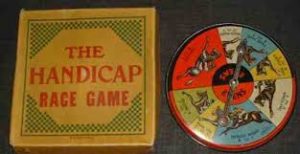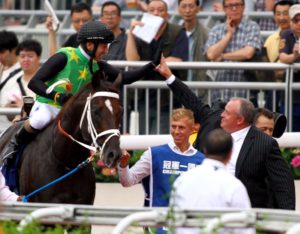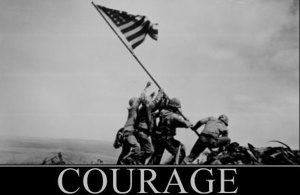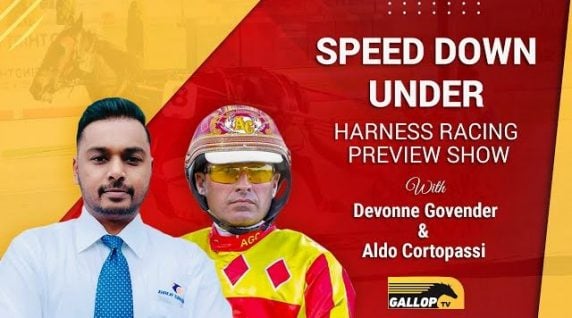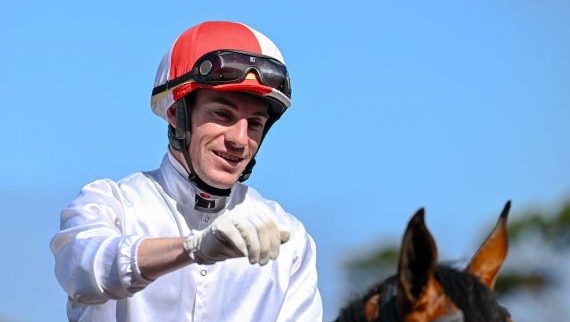We read about racing’s insurmountable challenges on a regular basis and there is mostly extreme negativity around the sport’s image and betting operators’ efforts as well as the marketing of our game to a much needed new market and customer base, writes Leon Smuts.
It is easy to understand the negativity as racing has not been able to attract meaningful new support in decades and the customer pool is very much in decline and ageing fast.
This has to change though, and the sooner the better, as we are talking ourselves into an ever deeper pit from which it will be hard to turn things around.
Before things can change, the industry has to acknowledge obvious shortcomings and take a long hard look at its reluctance to embrace new ideas and thinking.
Having researched racing for a number of years it is amazing how critical factors have been ignored in an effort to defend a model that is long past its effective date.
The critical question that has to be answered is, “why would anyone choose a racing involvement, be it ownership or wagering, over any other alternative involvement”?
The few possibilities that people normally consider as a reason to involve themselves in anything are: financial incentives, social reasons or purely value for money entertainment.
So where does this leave racing if it is to be marketed successfully to a new group of race goers or fans and if it is to create a sustainable future customer base.
If we are honest and realistic about the current state of affairs it is hard to make a compelling financial argument for involvement. Ownership is extremely expensive and most moderate animals cannot earn their keep. Even better horses are not making huge profits for their owners and with funding pressures on the stakes pool this situation will not be improved over the short term. From a wagering perspective a similar situation exists with pool growth way below inflation for years. Racing pools, when stacked up against casino and lotto pools does not offer an attractive alternative which makes it very difficult to convince new players of an involvement.
Racing has a theoretical advantage over the aforementioned gambling activities as it is predominantly a game of skill (enhanced by chance), which should give players a better chance of receiving a dividend occasionally or even regularly. This is all good and well but the dilemma is that no one is born with the skill needed to be a proficient player and getting there requires the completion of what is by far the longest learning curve of any form of wagering.
The prize for racing is that once there, players very seldom leave the game, and it becomes a significant source of annuity income for the industry.
Overcoming the learning curve challenge is clearly the most significant single area that has to be concentrated on as success here will offer strong customer growth potential which racing has not had for many years and which is critical for the future well-being of the sport.
There are numerous social reasons to be involved in racing from an ownership, attendance and wagering perspective as the sport nicely blends rivalry and camaraderie amongst everyone taking part. This you find everywhere from the private boxes, the grandstand to tote outlets and is a wonderful part of what makes racing. It is also something that can be promoted more effectively by a social outreach program. It’s in this area that the “Racing, it’s a Rush” campaign can add a lot of value to create awareness and new support for racing, especially if the message can be linked to a powerful new social product offering.
Can racing be marketed as glamorous? The big days certainly can, and are already successfully so as the annual turnout suggests and the countless people dressing up for the occasion can attest to. It might be a bit of a stretch for ordinary days though as without the crowd and hype, the setting will not live up to any such ideal. Does this detract from the on-course experience? Not at all, and should not stand in the way of making everyday attendance enjoyable and memorable and the experience exciting.
So what about marketing racing as entertainment first and foremost with wagering as a secondary offering? The constant pressures of having to grow turnover and tight budgets makes this a hard sell from an operator historical perspective but the irony is that this is key to growth as people are quite willing to spend on entertainment, especially if it is affordable, rewarding and exciting. By pushing the fun factor ahead of what is in it purely from a financial return perspective, a different set of expectations will be created and new marketing opportunities will become available.
None of the above would make any sense if we try and achieve this with the traditional product offering as these have been designed around experienced players and the churn model and requires the current player dynamic (high rollers and regular play) to deliver optimal performance.
What is needed is the introduction of a completely new and modern social product offering that will highlight the excitement and thrills of racing and clearly illustrate the value of skill without the penalties (school fees) to ensure that skills acquisition is less of an arduous learning curve and more of a knowledge adventure.
Racing can and will grow if we clearly identify the critical objectives and use it as a road map to product development and marketing plans.
We need to lay the foundation now and accept that this is not the end of the line but the beginning of a long term process to re-popularise racing through common sense and focus with the pay-off to come exponentially at a later stage.
There is no miracle cure, and betting operators have to believe strongly in what they are doing and the potential of the sport before they will succeed. Without this you cannot market anything successfully as marketing requires conviction, and lots of it to be effective.
Future marketing needs to change from a passive outreach relying on occasional exposure to an active effort promoting regular involvement.





